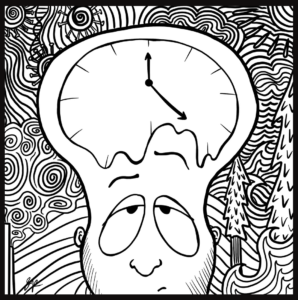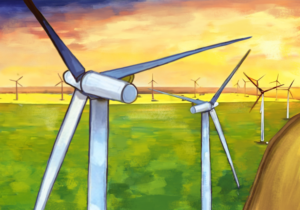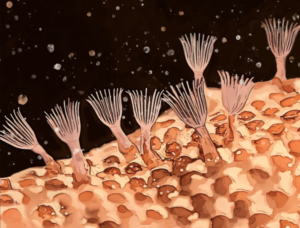Climate change isn’t just an environmental issue; it’s a social one that impacts communities in very different ways. People with fewer resources, certain racial and ethnic communities, and people living in developing nations are often more vulnerable to the effects of climate change. While climate change affects everyone, these communities feel the impacts most acutely, from extreme weather events to health issues and economic challenges.
Impact on Low-Income Communities
In the U.S., low-income neighborhoods are more likely to face the worst effects of climate change. The Environmental Protection Agency (EPA) found that people in lower-income areas tend to live in locations that are more vulnerable to climate threats, such as those prone to flooding or extreme heat. During extreme weather events, these communities often have fewer resources for recovery, like insurance coverage, savings, and government assistance. When Hurricane Katrina hit New Orleans, many low-income neighborhoods were devastated. Homes, schools, and businesses were destroyed, and recovery was slow due to limited resources. These neighborhoods are still recovering from the economic impacts, highlighting the disproportionate burden they face from climate events.
Racial and Ethnic Disparities
Certain racial and ethnic groups also face greater risks from climate change. A report by the EPA found that Black and African American communities are more likely to live in areas exposed to extreme weather, poor air quality, and rising temperatures. Studies show that these neighborhoods often lack green spaces, like parks and trees, which help reduce air pollution and cool the air during heat waves. As a result, communities with fewer trees are often “urban heat islands,” where temperatures are higher than in other parts of the city. This puts Black and African American individuals at a greater risk of heat-related health issues.
Global Impact on Developing Nations
Globally, the effects of climate change are especially severe for developing countries. These nations contribute the least to greenhouse gas emissions but suffer the most from rising temperatures, unpredictable weather, and natural disasters. The World Bank notes that many developing countries face more frequent and intense droughts, floods, and hurricanes. For example, in countries like Bangladesh, where large parts of the population depend on agriculture, floods can destroy entire harvests, leading to food shortages and economic hardship. For communities already struggling with poverty, these events can be devastating and make recovery nearly impossible without outside aid.
Health Impacts
Climate change also brings significant health risks, particularly for those who are already vulnerable. Increased temperatures and poor air quality can worsen respiratory issues like asthma and increase the risk of heart-related illnesses. Low-income communities and communities of color often live in areas with higher pollution levels due to nearby industrial plants or highways. When air quality decreases because of climate change, these populations experience greater health problems. The CDC highlights that children, the elderly, and people with existing health issues in these communities are at an even higher risk during heat waves or periods of heavy pollution.
The Importance of Climate Equity
Addressing the unequal impacts of climate change requires a focus on climate equity, which ensures that all people have the resources to cope with environmental challenges. Organizations like the United Nations and local governments have started initiatives aimed at protecting vulnerable communities. For example, some cities are investing in green infrastructure, like planting trees in urban heat islands to help cool the air and improve air quality. Additionally, international aid for disaster relief is increasingly focused on helping developing countries recover from the worst impacts of climate change.
Conclusion
Climate change affects everyone, but not everyone feels its impact equally. People in low-income communities, communities of color, and developing countries bear a heavier burden. Understanding and addressing these inequalities is essential for creating a fair and resilient future. By supporting policies and initiatives that focus on climate equity, we can help ensure that vulnerable communities are not left behind in the fight against climate change.
Work Cited
Environmental Protection Agency. “Climate Change and Social Vulnerability in the United States.” EPA, https://www.epa.gov/system/files/documents/2021-11/factsheet_low-income.pdf.
Environmental Protection Agency. “Climate Change and Social Vulnerability in the United States.” EPA, https://www.epa.gov/system/files/documents/2021-11/factsheet_black-and-african-american.pdf.
World Bank. “Social Dimensions of Climate Change.” World Bank, https://www.worldbank.org/en/topic/social-dimensions-of-climate-change.
Centers for Disease Control and Prevention. “Climate Effects on Health.” CDC, https://www.cdc.gov/climateandhealth/effects/default.htm.
The views and opinions expressed are those of the authors and do not necessarily reflect nor represent the Earth Chronicles and its editorial board.




